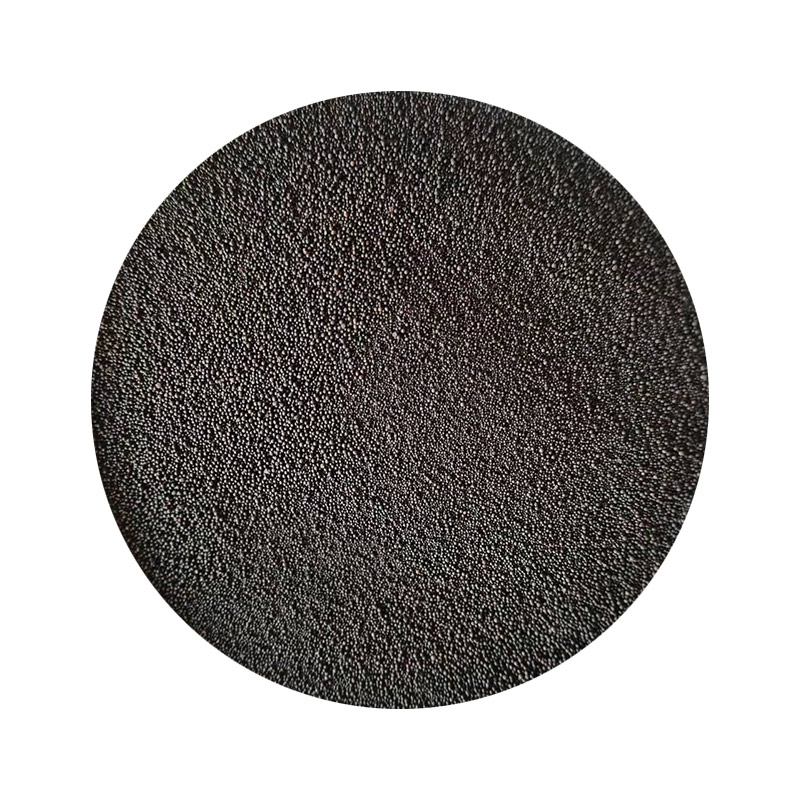Understanding Sintering Sand A Key Component in Industrial Processes
Sintering is a widely used manufacturing process that plays a crucial role in various industries, particularly in the production of ceramic and metallic materials. One of the essential components in this process is sintering sand, which serves various functions—from acting as a mold material to influencing the properties of the final product.
Sintering involves heating powdered materials to a temperature below their melting point, causing the particles to bond together and form a solid mass. This process enhances the density and mechanical properties of the materials, making them more suitable for a range of applications, from construction to electronics. Sintering sand, commonly composed of silica, is often utilized as a crucial part of this process, particularly in creating molds for metal casting.
One of the primary advantages of using sintering sand is its thermal stability. The high melting point of silica ensures that it can withstand the intense heat generated during the sintering process without deforming or losing its structural integrity. This makes it an ideal material for molding, particularly in industries that require precise and durable molds for shaping metals and ceramics.
sintering sand

Moreover, sintering sand plays a vital role in enhancing the final product's properties
. By controlling factors such as particle size, distribution, and purity, manufacturers can significantly influence the porosity and strength of the sintered material. A well-optimized blend of sintering sand can lead to improved sintering behavior, resulting in denser and more robust materials that meet specific engineering requirements.In addition to its practical benefits, sintering sand contributes to the environmental sustainability of manufacturing processes. Many manufacturers are now using recycled sand, reducing waste and the demand for new raw materials. This not only lowers production costs but also aligns with global initiatives aimed at promoting environmentally friendly manufacturing practices.
The versatility of sintering sand extends beyond metal casting; it is also significant in the production of ceramics and composites. For instance, in the ceramic industry, sintering sand can be mixed with other raw materials to produce tiles, bricks, and other structural components. The ability to adjust properties like thermal conductivity and mechanical strength makes it a valuable resource in designing products tailored to specific applications.
In conclusion, sintering sand is an indispensable material in various industrial processes, particularly in sintering applications. Its unique properties, including high thermal stability and the ability to enhance final product attributes, make it essential in sectors such as metal casting and ceramics. As industries continue to evolve, the importance of sintering sand is likely to grow, driving innovations and improvements in manufacturing techniques. As we move toward more sustainable practices, the role of sintering sand in recycling and resource management will become even more pronounced, highlighting its significance in a circular economy.
Post time:Okt . 14, 2024 01:30
Next:Top Casting Sand Suppliers for Your Foundry Needs
